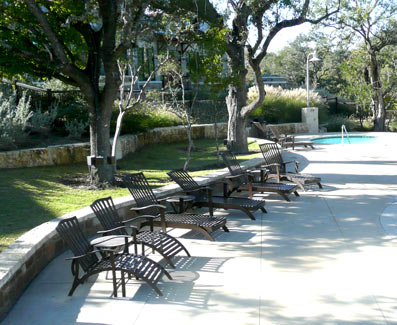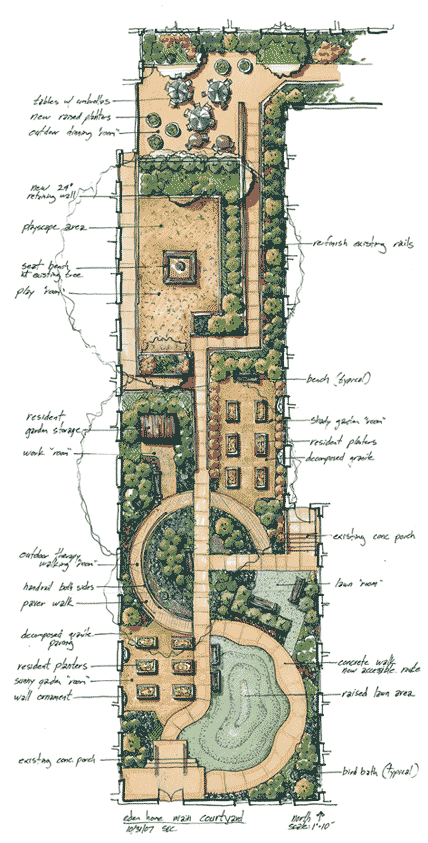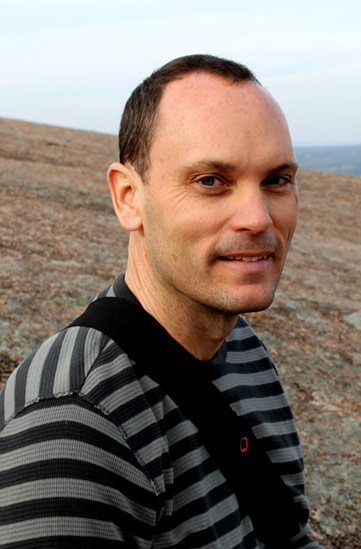
It would be difficult to argue that most people would not be happier and healthier if they could begin each day with a quiet, relaxed breakfast where there was a view of the ocean or the mountains. A peaceful stroll through the woods or a nice garden between the door of a home and the door of a car each day before work would better prepare everyone psychologically and physically for the day’s events.
What is it about these connections with nature that make people happier and healthier? Perhaps if this connection was better understood, individuals might be more inclined to strengthen their relationship with nature.
First is a clarification of the terms “nature” and “happier and healthier,” as used in this discussion. “Nature” refers to an organic environment capable of maintaining the processes necessary for survival (birth, growth, death, and interaction). This could be a solitary tree in a back yard or an entire rainforest in South America. “Healthier and happier” is limited to research where studies have measured heart rates, hormone production, cell growth, recovery rates, and other quantifiable reactions.
Most long term care professionals are familiar with the idea of evidenced-based design, or EBD. Simply put, EBD is the creation of environments that promote a higher quality of life or care through the use of credible research. The idea of EBD surfaced in 1984 when Roger Ulrich conducted a study of patients recovering from surgery, in which patients who enjoyed a view of a small grove of trees recovered faster and endured less pain and fewer complications than patients that had a view of a brick wall.
In the years since Ulrich’s groundbreaking work, there have been thousands of studies related to improving the design of hospitals and long term care environments. All of these studies measure the positive effects of particular elements of the physical environment, those elements most frequently studied being plants and nature.
The Physiology Involved
So, what is going on inside the human body when it is in nature? As humans grow and age, cells divide to produce more cells to account for growth and to replace worn out cells. As cells divide, the chromosomes within the cell split and replicate.
At the end of each of these chromosomes are stretches of DNA called telomeres that protect the genetic data stored in the chromosomes. Each time a cell divides and the chromosomes split, the telomeres get a little bit shorter. Over a lifespan, they become so short that they can no longer protect the chromosomes, so cells die or become diseased. Therefore, the aging process eventually results in fewer healthy cells, and the telomeres on chromosomes are helpful indicators of age and disease.
In 2009, a biological researcher discovered an enzyme called telomerase. When telomerase is released, it helps to replenish telomeres, which, in turn, help humans stay healthier and live longer. Subsequent research has demonstrated how relaxation and reduction of stress increase levels of telomerase, thereby keeping chromosomes intact a little longer.
 The Forest’s Healing Powers
The Forest’s Healing Powers
The Japanese practice of Shinrin-yoku, a word that roughly translates to “forest bathing,” is the experience of taking a walk in the woods and simply breathing in the fresh air. The most important aspect of this experience is the quality of that air.
Quing Li, a researcher who has been studying the effects of forest bathing for the past two decades, has found that inhalation of phytoncides, organic chemicals given off by plants, has many positive effects on the human body. Primary benefits include increasing the production of NK cells, which boost the immune system, and the reduction of stress levels.
In one study, a group of nurses were taken from the city to a forested area where they participated in three two-hour walks in two days. Blood and urine tests before, after, and several days later revealed a significant increase in NK cell production and activity and decreased levels of adrenaline and noradrenaline (indicators of stress levels) not only immediately after the trip, but seven days later.
Outdoors Vital
In 2005, the Centers for Medicare & Medicaid Services (CMS) conducted a study of 1,988 residents from 40 nursing homes in five states. In that study, CMS found that 40 percent of the residents surveyed said they did not get outside as much as they wanted. As one considers the nearly 800 people who said they could not get outside as much as they would like to, one can’t help but reflect on their inability to respond to a request that their bodies are making to them on a molecular level.
A more immediate factor to consider is that some of the newer F-Tags put in place by CMS may be interpreted as addressing this unmet need. F-Tag F240, which states: “an environment that promotes maintenance or enhancement of each resident’s quality of life;” F242: “make choices about aspects of his or her life in the facility that are significant;” and F246: “reasonable accom-modation of individual needs andpreferences” are some examples of this.
It seems like such a basic freedom, to step outside and take in a little fresh air. It is difficult to comprehend living a long life, free to spend time outside as desired, only to pass the final years of your life unable to leave the confines of a building.
Approximately one in seven people will spend the end years of their lives in long term care. If 40 percent of that number claim insufficient access to fresh air, the odds are that many reading this magazine will experience this deprivation.
Nature As Elixir
Fortunately this is a problem that is easily solved. In Japan, Shinrin-yoku is meant to be a quiet, relaxing time in nature. A person need not hike to the top of the mountain, but only to sit quietly under a tree and breathe deeply.
One manner is to begin by following the lead of the Japanese government, which promotes 42 forest therapy bases throughout Japan, thereby encouraging residents and tourists to improve their health.
What is a forest therapy base? For those in the United States it could be a trip to an arboretum, botanical garden, or even a nearby park.
Short outings for residents provide many of the benefits and require nothing more than sitting on a bench under a tree.
If trips are not feasible, then start small by providing manageable outdoor areas, readily accessible to residents and highly visible to staff from the inside. Well-planned small areas can provide tremendous benefits and when properly designed can be safe and cost-effective.
Most people instinctively understand the benefits of exposure to nature. For many it may be comforting to know that research has legitimized these instincts with science. Quantifiable studies show improvements on a broad scale, as in pain reduction, to small scale, such as cell health.

Patrick Smith, vice president, Pi Architects (www.piarch.com), is Council of Landscape Architectural Registration Board-certified, a member of the American Society of Landscape Architects, a LEED Accredited Professional, and a member of the Society for the Advancement of Gerontological Environments. He can be reached at (512) 231-1910.